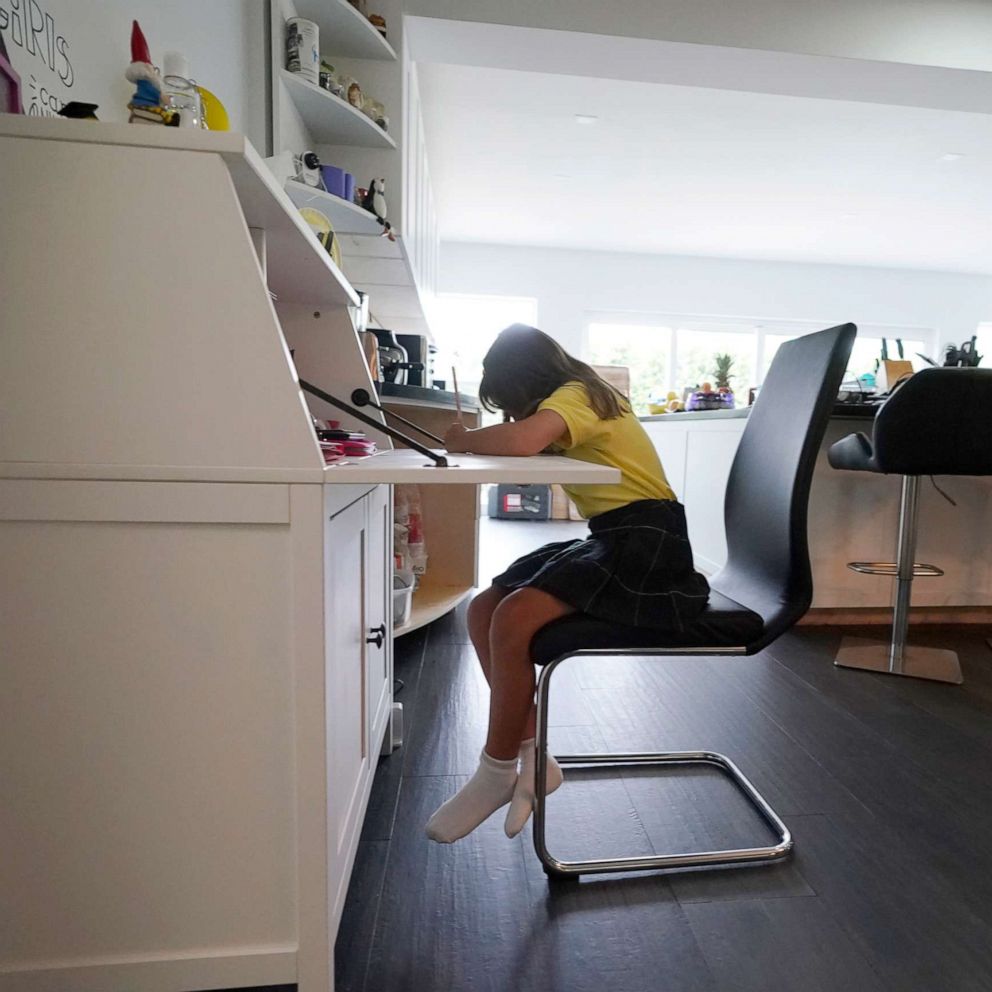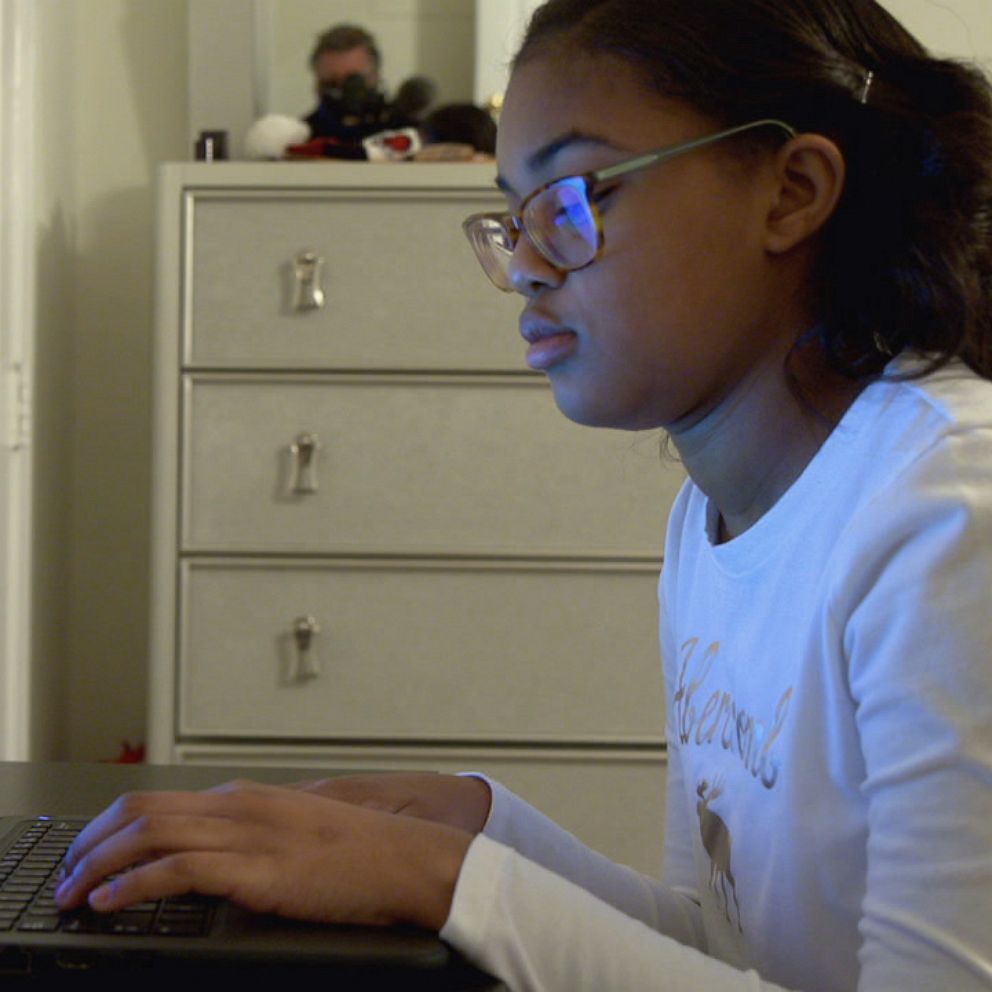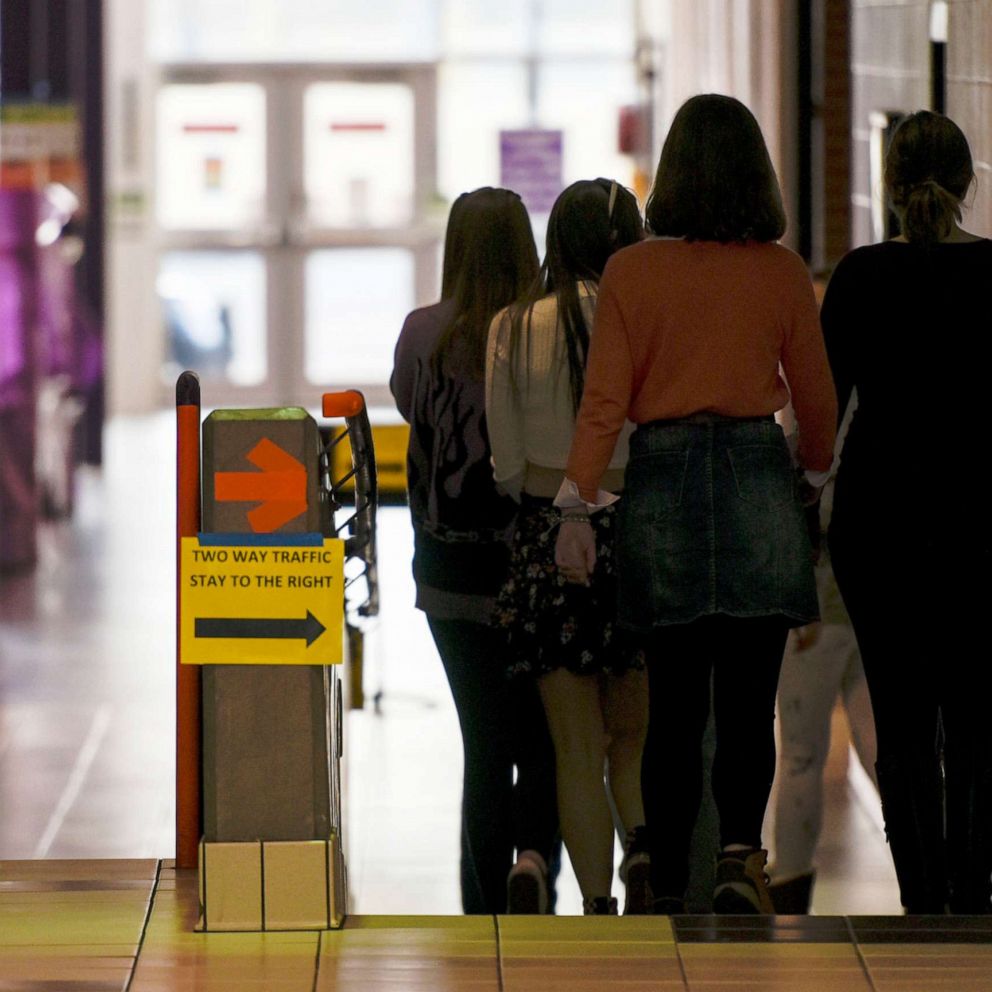Parents are holding kids back in school amid COVID-19: How to help them catch up
"[Virtual learning] doesn't work for everyone."
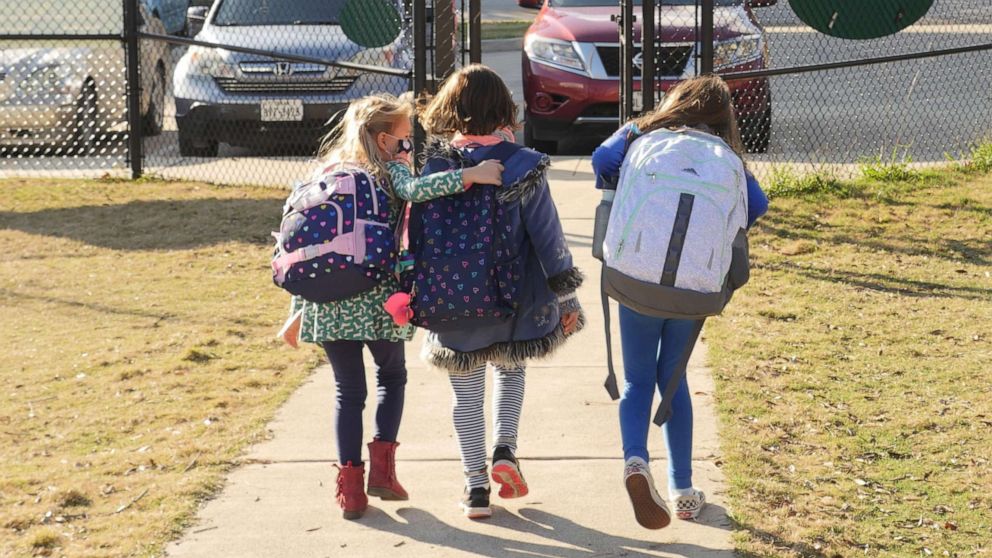
As some children fall behind in online schooling during the COVID-19 pandemic, parents and caregivers have been faced with the decision of holding children back a grade or search for alternative learning methods.
Jane Minovskaya of Charlotte, North Carolina, cares for her two nephews Nathan, 7 and Dayan, 6, who attended Charlotte-Mecklenburg Schools. The district, which is the 18th largest in the country, has been closed for in-person instruction since last March and had adopted a virtual model.
"They are extremely bored," Minovskaya told "Good Morning America" in early February. "At some point they fall asleep ... reach out for paper, crayons, look for the iPad, YouTube. They will look for anything to do instead of listening to what they need to be listening to."
"They say, ‘I want to see a real teacher and not an iPad.’ I’m quoting them," she added. "It's heartbreaking."
They say, ‘I want to see a real teacher and not an iPad.’
Minovskaya, a full-time hairstylist, said she transformed her bedroom into a work-space for the two boys. The bedroom they share is also a work-space so they can learn separately.
"Sometimes one is in P.E. [gym] and then the other is taking a test," Minovskaya said.
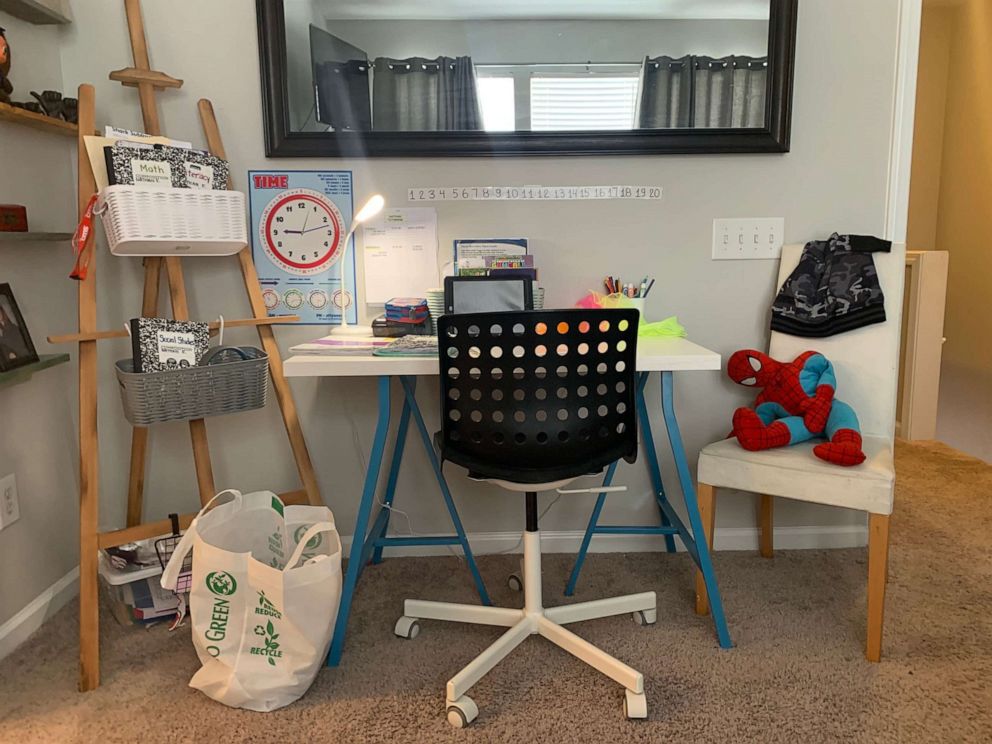
Nathan and Dayan have since been pulled from public school and are now enrolled at an in-person local charter school.
When they learned remotely, the boys started school each morning at 8 a.m. Minovskaya said she'd help them log on before heading to work, then Minovskaya's mother monitored their progress throughout the day.
When Minovskaya got home from work, she and the boys did homework together.
"We literally spend morning to night, schooling," she said at the time.
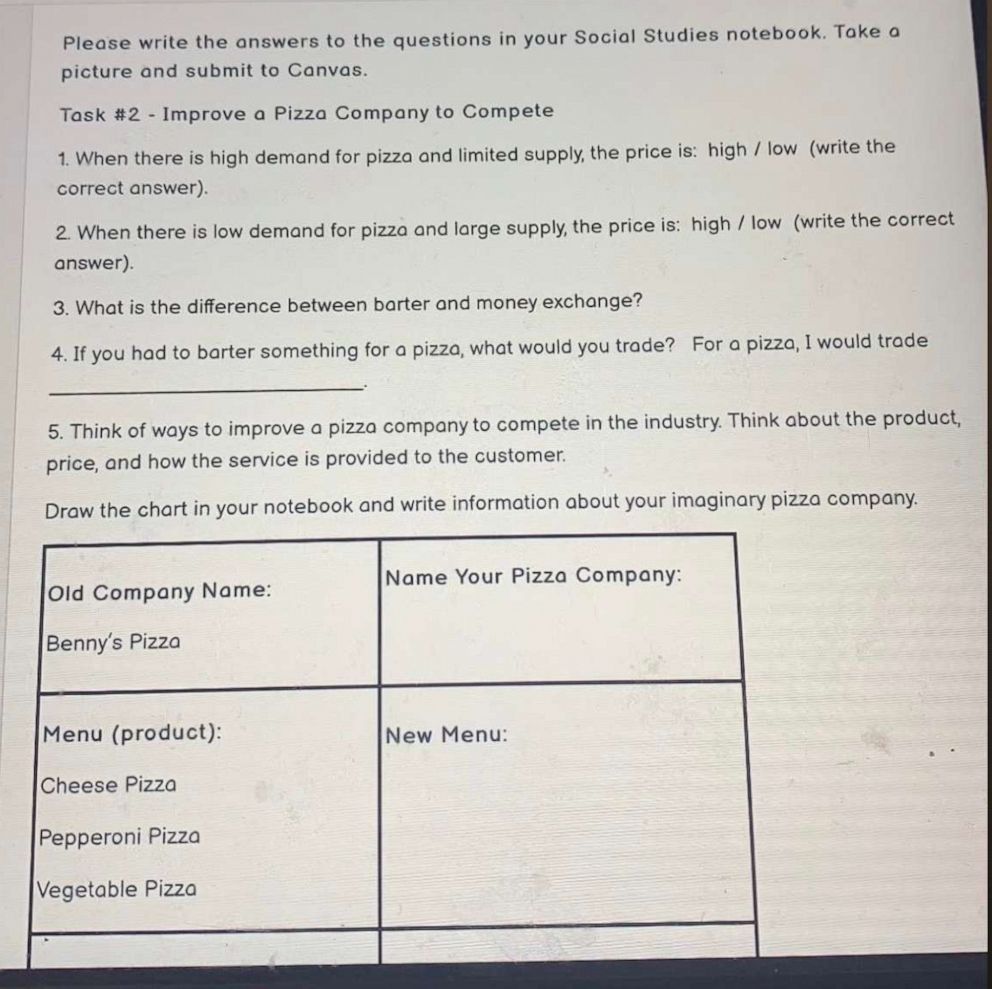
Minovskaya said virtual learning had been a struggle for both children. She said additional virtual support and tutoring hasn't been enough for her nephews, and feels they do better academically when face-to-face.
"[Virtual learning] doesn't work for everyone. It’s the most difficult and frustrating thing I've ever had to do," Minovskaya said.
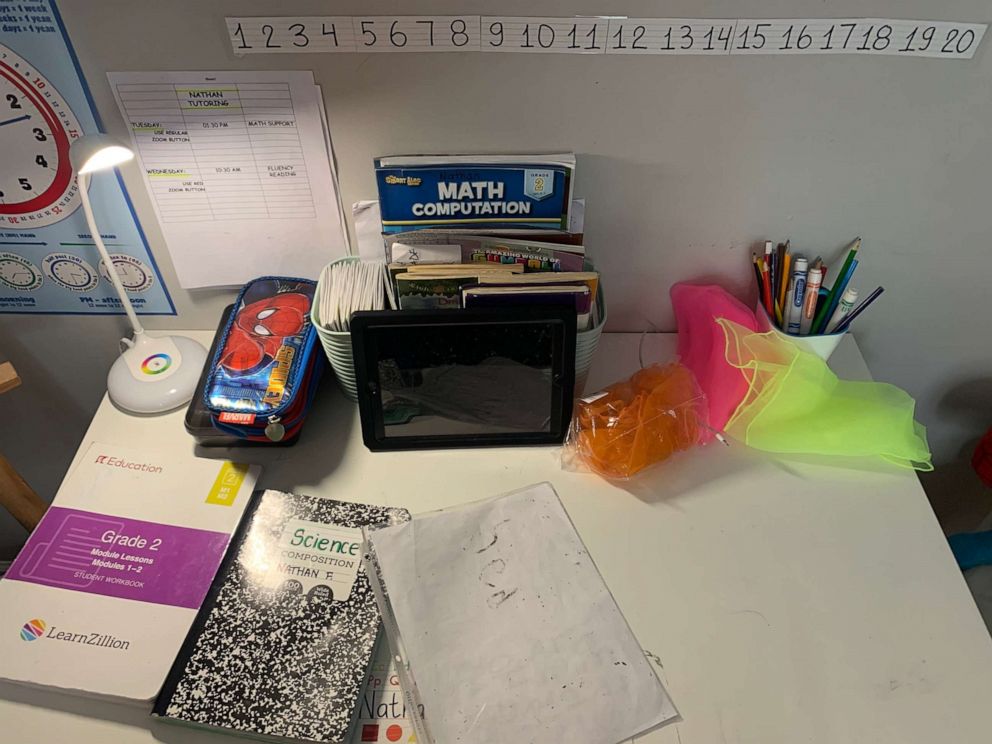
Dayan did start the 2020-2021 school year as a first-grader, but because of his low reading proficiency, he returned to kindergarten on Jan. 25, Minovskaya said.
Facing a 'lost generation of students'
Minovskaya is not the only caregiver who is trying to remedy a situation with kids struggling in online school.
Across the country, teachers, parents and school officials alike are raising red flags about a potential "lost generation of students," backed by data showing children falling behind, particularly disadvantaged students who already face learning gaps.
Sixty-six percent of teachers in one national survey, conducted by the RAND Corporation in conjunction with the Bill and Melinda Gates Foundation, said their students are less prepared for grade-level work now compared to this point last year.
In high-poverty schools, 1 in 3 teachers said their students are "significantly" behind, the survey found.
A study released in December by consulting firm McKinsey & Co., estimates that remote learning last spring set white students back by one to three months in math, while students of color were set back three to five months.
Another study, led by researchers at Stanford University, estimates that the average American student has already lost half a year of learning in reading and over a full year of learning in math since the pandemic began.
For Minovskaya, she said a combination of technology troubles, the challenge of a child learning to read over a video platform and her inability to give all of her time to helping with schoolwork has resulted in her nephew repeating kindergarten.
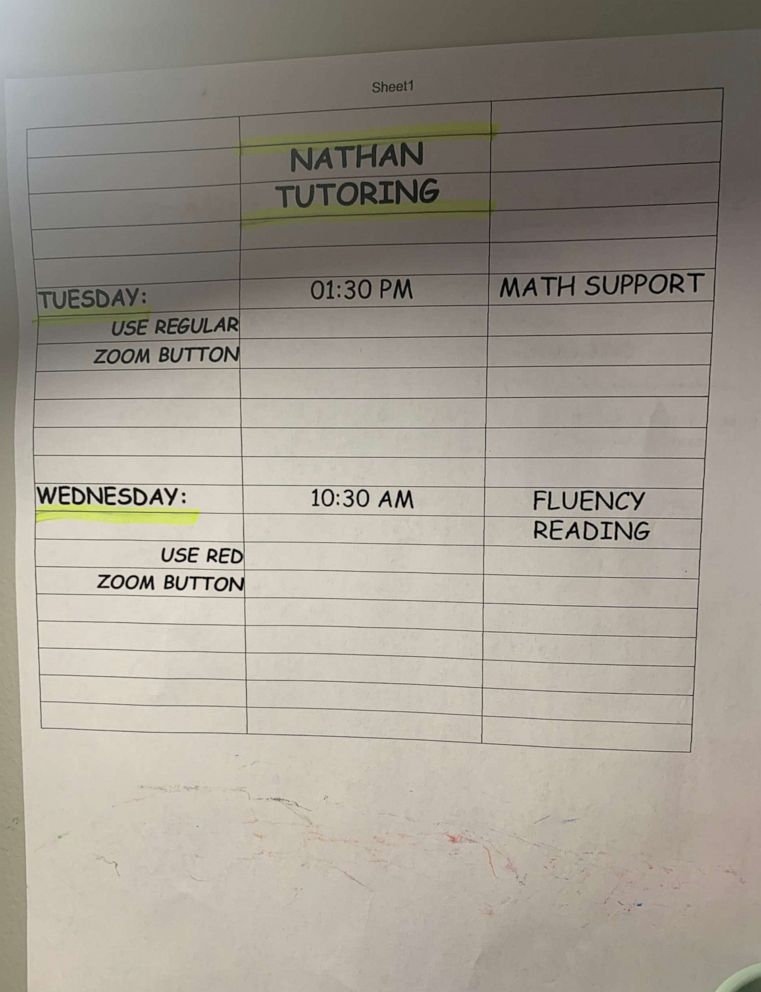
Now, she said, her other nephew Nathan will be repeating second grade in the 2021-2022 school year. Nathan has struggled this year in math, and has required additional tutoring, Minovskaya said.
"If I can't rest mentally, how can I be there for them?" Minovskaya said. "I can't be there 100% for them. Every day they ask when they're going back to school."
Every day they ask when they're going back to school.
Former education secretary John B. King Jr., now president of Education Trust, a research and advocacy group focused on equity issues, said the learning gaps emerging during the pandemic can be attributed to things like lack of Internet access and devices for students, to stretched thing resources from schools and to the level of support parents were able to provide due to their jobs or economic hardships.
"The net impact of all those obstacles is that we’re going to see disparities in learning outcomes," King told "GMA." "There’s a real risk of a lost generation of students if we don’t do the things necessary to support the students."
When students get behind in school, if not corrected, it risks lowering their potential earnings for the rest of their lives, according to Bryan Hancock, one of the authors of the McKinsey & Co. study.
"When we’ve looked at other disruptive events in the U.S. or internationally where students had learning severely disrupted, like from a hurricane, we know that in following those cohorts of students over time, that their career earnings were less," he said. "We also know that in the economy we have, that if we don’t have education that is allowing everyone to achieve and everyone to learn, we are not just injuring those individuals, but it provides a drag in overall growth in our economy."
"Addressing these gaps now both helps individuals’ increase their earning potential and helps us as a country be competitive," Hancock added.
Liesl Hickey, a mother of three from Washington D.C., told "GMA" that she didn't hold her third-grader back a year, though she did pull her out of public elementary school after a challenging start in virtual learning. The child now attends a religious-affiliated independent school.
"If I would've kept her in [virtual learning] and not had other options, there was no way she would be able to go onto fourth grade," Hickey said. "These are such developmental years, academically. You're really learning the core skills--not only reading, but with math. She would not have been ready."
If I would've kept her in (virtual learning) and not had other options, there was no way she would be able to go onto fourth grade.
Hickey said her daughter, whose name she withheld for privacy reasons, struggled with navigating tech platforms she used during online schooling.
"And then, to be honest, she had a really hard time learning," Hickey said. "Six hours on Zoom is a lot for kids. It's a lot for adults."
Hickey said that after a rough start to third grade, her daughter is now thriving and is happy in her new school.
"There's been little focus on what really matters and that's the kids," Hickey said. "Kids are struggling and we've seen the numbers. At the end of the day, we see a lot of damage being done and it's really heartbreaking."
A call for targeted, increased learning for students
King and other education experts say they don't think the response to students' potential pandemic learning gaps should be to hold them back in the grade, citing research on grade retention. There is also the strain that large-scale grade retentions could have on schools and school systems.
More than 56 million students attended elementary, middle, and high schools across the U.S. last fall, according to a projection from the National Center for Education Statistics (NCES).
"The research on grade retention as it’s called, or holding students back, suggests that it can be pretty harmful to students’ overall academic progress," said King. "Students who are retained are more likely to drop out, they often see a psychological toll to being retained."
"Of course that’s in a very different set of circumstances than in a pandemic, but I would fear that we would see some of those negative consequences," he added.
King and others are calling on schools and policymakers to focus resources on things they may not have in the past, such as summer school and high intensive tutoring, enrichment activities and mental health services, and making them accessible to all students, particularly those who have been hit the hardest by the pandemic.
"My hope is that this is a New Deal moment where people look at our situation and say, ‘It’s not good enough to just go back to February 2020,’ because we had these substantial inequities before COVID," said King. "The goal should be building a more equitable future and ensuring that low-income students and students of color have equitable access to opportunity."
The McKinsey & Co. study found that the most effective response for addressing learning gaps is a combination of acceleration academies -- a week or so long summer academy with targeted instruction in groups of eight to 12 students -- and high-intensity tutoring, which is 50 minutes of tutoring per day with two students per tutor, according to Hancock.
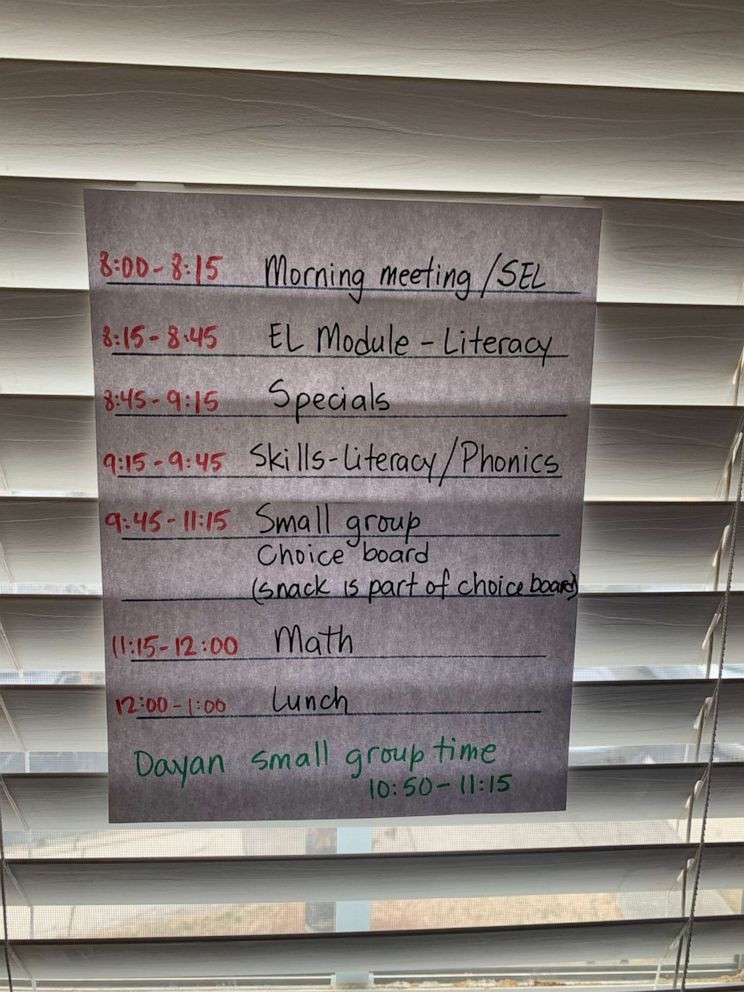
Chris Minnich, CEO of NWEA, a national, nonprofit education testing organization, said their data showing most students are showing slower learning growth versus learning loss reinforces that teachers and parents need to focus on key concepts instead of holding students back for an entire year.
"The important response from the school system is that next year or over the summer we really need to pay attention to kids that might have missed key concepts, like fractions in math and phonics in reading," said Minnich. "If we just pretend that everything is normal and we put kids in the next grade and don’t focus on what they might have missed, then we’ll have problems."
If we just pretend that everything is normal and we put kids in the next grade and don’t focus on what they might have missed, then we’ll have problems.
Like King, Minnich supports expanding students' time in front of teachers through summer school and tutoring as well as non-academic summer camps at schools, where permitted by COVID-19 restrictions, to get students back in school settings.
He said school administrators and teachers also need to think ahead about possibly reimaging the first few weeks of the next school year to make sure students are caught up on key concepts.
"It’s not like students didn’t learn anything during this period of time," said Minnich. "It’s that they may not have learned key concepts that we need to make sure that they pick up as they go into the next grade."
In the $1.9 trillion COVID-19 relief bill that advanced through the House Budget Committee Monday, some of the school funding is earmarked for "learning loss" programs, such as summer school, afterschool programs and extended school year days.
President Joe Biden has also made reopening schools in his first 100 days in office a priority. When asked last week whether the president supports a summer school semester, White House press secretary Jennifer Psaki said the Department of Education is doing a study to determine the impact of COVID and remote learning on children, but said ultimately the decision is up to school districts.
What parents can do
Minnich, a parent himself, said his first tip for parents is to follow their own instincts, saying, "You know what your student is able to do."
And while students who have been doing virtual learning for the past year may need a small break from their computers this summer, once they are ready, jump into doing as much academic instruction with them this summer as possible, recommends Minnich, citing the many educational resources now available online for parents.
Minnich also recommends parents stay in close contact with their child's teacher and make sure they know the key concepts their child should be able to do in their grade.
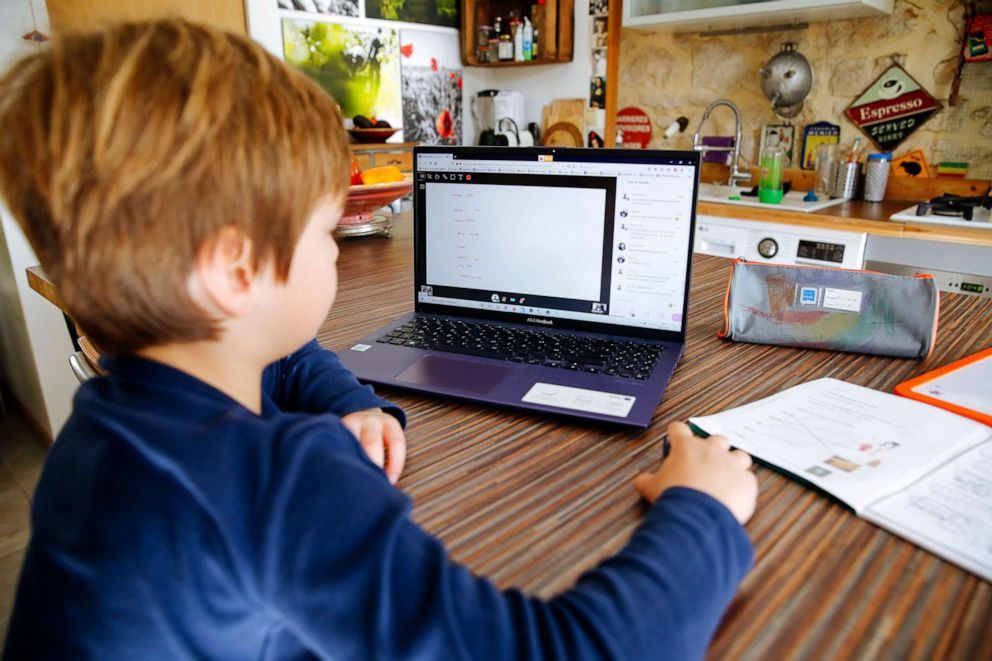
"My oldest is going into fourth grade next year and we’re going to make sure we pay attention to the things he should have learned in third grade in the first parent teacher conference," said Minnich. "That’s a strategy that I think all parents should be using."
King said he too "strongly encourages" parents to reach out to their child's school to find out their child's strengths and weaknesses and make a plan to make sure they are caught up. The plan should focus on tutoring and extended learning time and making sure it's clear what the instructional experience will be for the student next year to help them quickly make up ground, according to King.
"This is one of the reasons it’s so important for parents to have information about how their kids are doing," he said. "One of the things I worry about, particularly for the most vulnerable families, is they may not be getting enough information from their schools on how their kids are doing relative to the standards for their grade level."
"That information is crucial so you know if you need to have an intervention plan for the rest of the school year," King added. "We still have four months to make a difference."
ABC News' Jordyn Phelps and Sarah Kolinovsky also contributed to this report.
